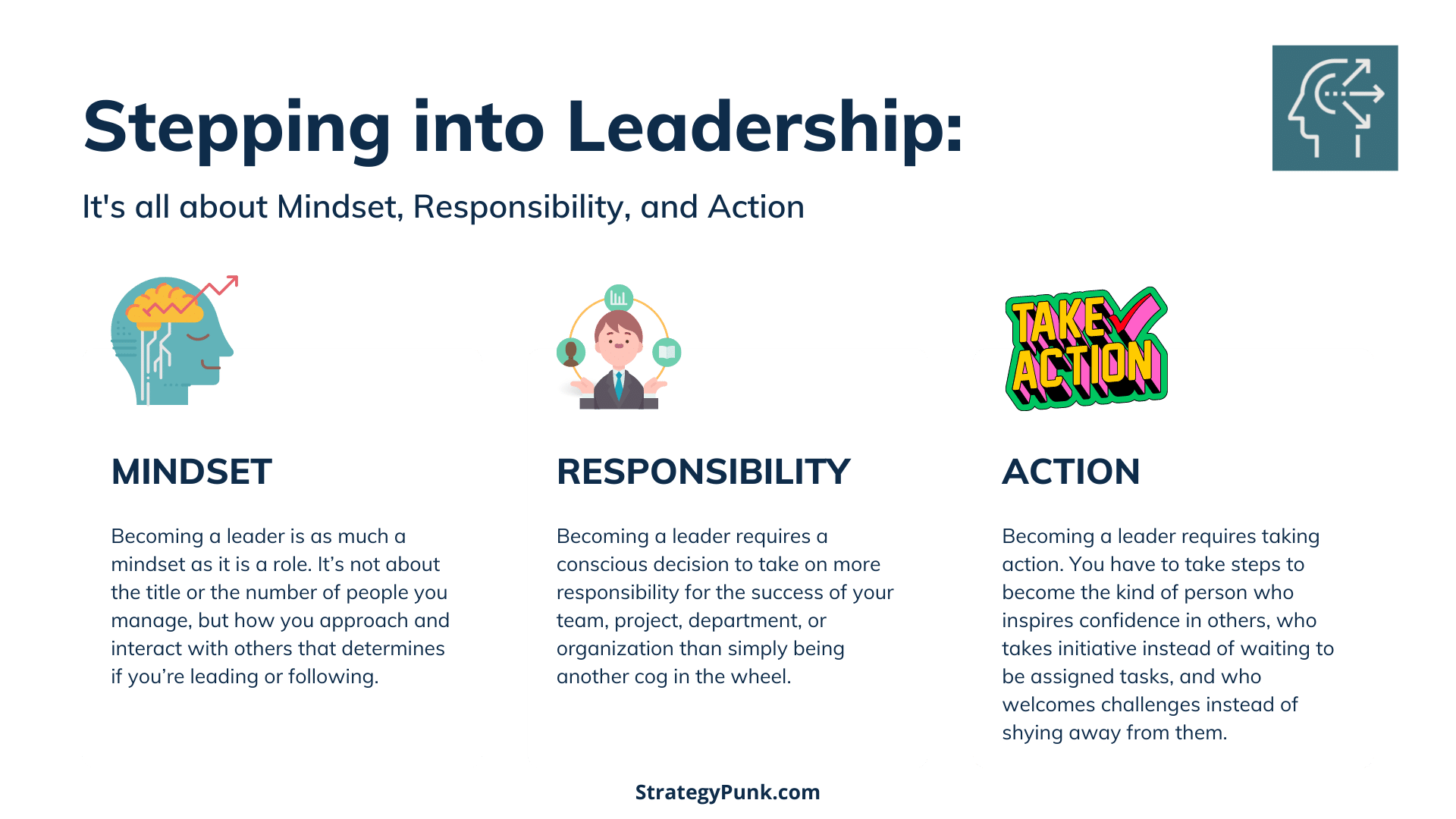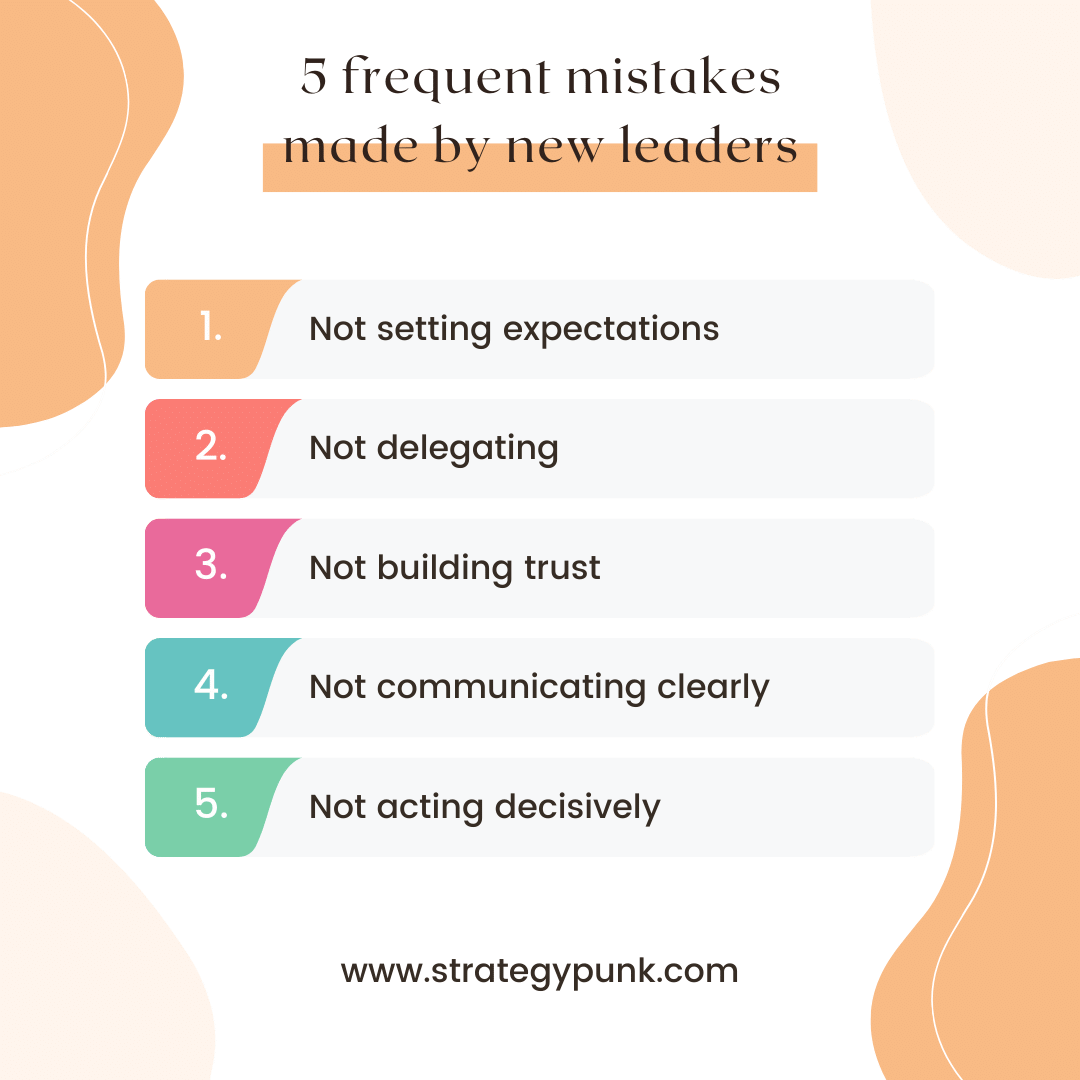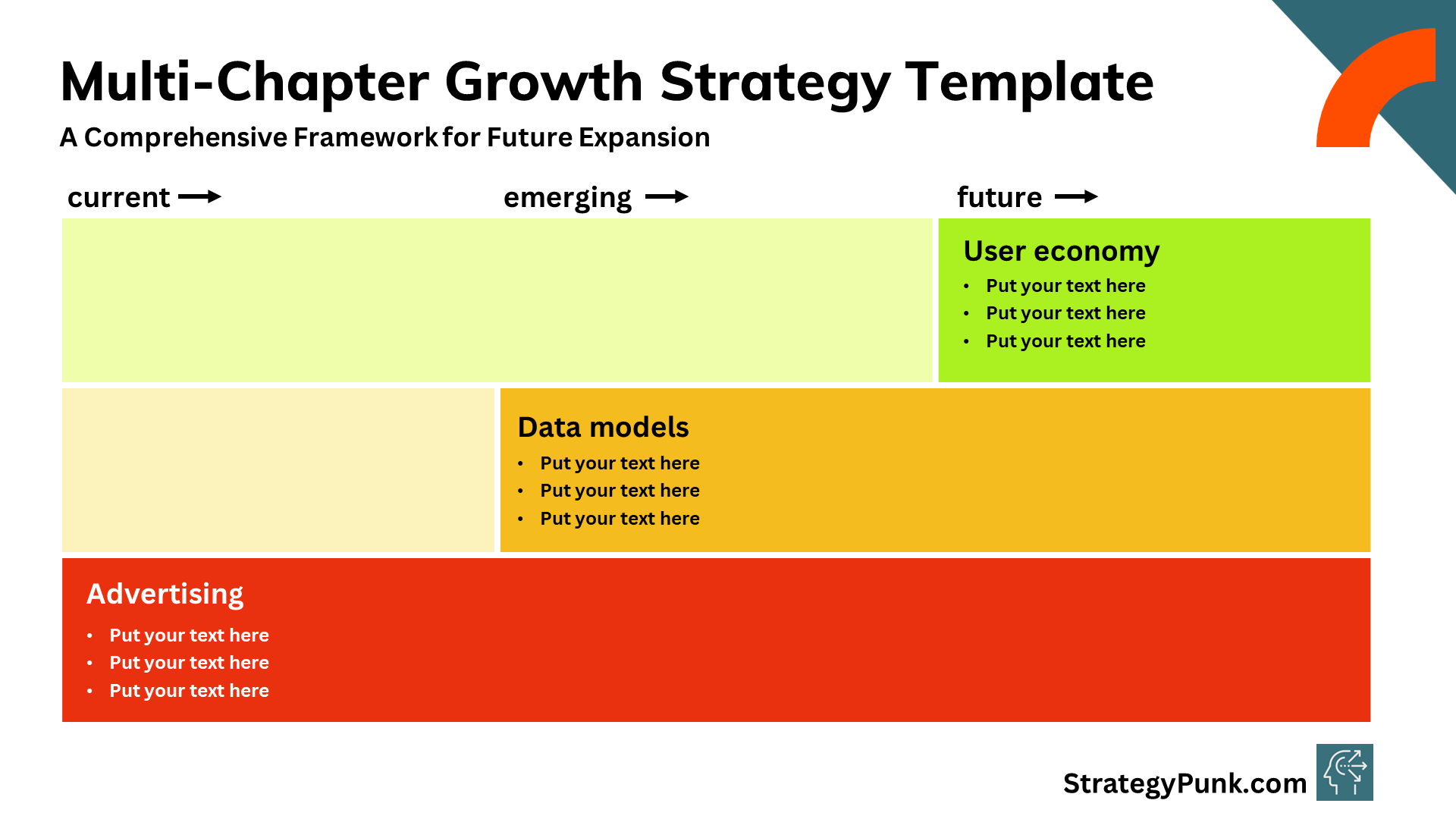Stepping into a Leadership Role: What To Do When You Don't Know Where to Start
Lower your chances of failing as you step into your new leadership role by engaging in these practices.

There’s no right or wrong way to step into leadership. As long as you’re willing and able to learn, try new things, and take on responsibility, you’ll be well on your way to becoming a great leader!
You can lower your chances of failing as you step into a leadership position by engaging in these practices of Stepping into a Leadership Role: What To Do When You Need to Know Where to Start.
Stepping into Leadership: Mindset, Responsibility, and Action

Becoming a leader and building up leadership experience is as much a mindset as a role. It’s not about the title or the number of people you manage, but how you approach and interact with others that determines if you’re leading or following. The first step to developing a leadership mindset is self-awareness.
Becoming a leader requires a conscious decision to take on more responsibility for the success of your team, project, department, or organization than simply being another cog in the wheel.
Becoming a leader also requires taking action. You can’t just sit there reading this article and expect to become a leader. You have to take small steps at first, but with practice and persistence, to become the kind of person who inspires confidence in others, takes the initiative instead of waiting to be assigned tasks, and welcomes challenges instead of shying away from them.
How do you step into a leadership role?
The job was "not what I envisioned earlier" and is often the feedback from most leaders in large public and private enterprises.
There are many different ways to step into a leadership or manager role. Some people can feel more comfortable taking on a leadership role in a smaller, more intimate group like a small business team or board of directors.
Others might be more drawn to working with a large or non-profit organization.
There’s no right or wrong way to step into leadership. As long as you’re willing and able to learn, try new things, and take on responsibility, you’ll be well on your way to becoming a great leader!
How do you transition from team member to leader?
There are many ways to transition from a team member to a leadership or manager role.
Here are a few:
- First, you can become team leaders by default. If the team is growing and new people are added, the leader will be the one who has been with the company the longest. In this case, leadership can be a natural transition.
- Second, you can become team leaders by choice. If you have been promoted or chosen because of your skills and experience, it may be time for you to take on more responsibility and work harder as a team leader.
- Third, you can become a team leaders by accident. A change in leadership may cause a restructuring in which some team members are given more responsibilities, and others are taken out of their roles entirely. These changes will almost always require leadership skills from those transitioning out of their positions.
Five frequent mistakes made by new leaders and how to avoid them
Being a leader takes work. It is one of the most stressful jobs in the world. There are no guarantees. You can make lots of mistakes. And sometimes, you end up doing things that need to be corrected. Based on a tweet by Dave Kline.
The 5 Deadly Sins for New Managers (and tips to avoid them):
— Dave Kline (@dklineii) August 30, 2022

1. Not setting expectations
Make sure that everybody knows what is expected of them. Be clear about what your team needs to accomplish, what resources they need, and how long it will take.
How to avoid: Set expectations for Goals (the WHAT) and Approach (the HOW)
2. Not delegating
By delegating tasks and providing clear instructions to your team members, you can free up your time to focus on pressing topics.
How to avoid: Start delegating as quickly as possible.
3. Not building trust
Successful leaders build trust by respecting the views and experiences of their team members. They show their team members that they value their input, care about their well-being, and are genuinely interested in what they say. It is built over time as the leader acts in ways that demonstrate care, respect, and trustworthiness.
How to avoid Asking questions rather than making assumptions. I'd like you to be a role model and meet your commitments.
4. Not communicating clearly
I want you to know that many misunderstandings and miscommunications happen when people need to communicate clearly, so check in with your team throughout the process and ensure you're all on the same page. This will go a long way toward keeping everyone on track.
How to avoid: Take it slow, make it clear. Don't let your team with any unclear or confusing messages or behaviors.
5. Not acting decisively
By taking decisive action, a leader shows that they are in control of the situation and are willing to take responsibility for their actions. But you'll also need to be approachable and ready to listen to other things.
How to avoid: Be clear which mode you're in: "Debate" or "Decide."
Stepping into a Leadership Role - First principles
Becoming a leader is a journey, not a destination. You’ll make mistakes, but learn from them and become a better leader or manager.
Engaging in these practices can lower your chances of failing as you step into your leadership role. Based on a LinkedIn post by Martin Roll.
1. Focus on the most pressing challenges
Delegate low-value challenges to others and focus your time and energy on high-value problems. Both are essential, but you can only focus on some at a time. That's why choosing the right people to delegate tasks to is necessary.
2. Establish a structured approach for dealing with the multitude of stakeholders
As a leader, you must interact with multiple stakeholders with different interests and demands.
- Board
- Customers and partners
- External stakeholders, including such as investors, media, government, and greater public
- Team and Organization
Create a distinct framework and routine to manage these groups. Storytelling is a vital leadership tool: it summarizes the information flows and the corporate narrative. This way, others' perceptions of your short-term results won't impede your long-term objectives.
3. Clear focus on strategy development and execution
Strategy development is a critical step in any business. It's identifying a business’s vision, mission, and goals. It's also about determining which actions are necessary to achieve those goals.
Once a strategy has been established, it must be executed. This means taking action to implement your plan and making sure it is successful. A good strategy will minimize risk, align team members around shared goals, and create a roadmap for success.
I think starting with a strong strategy is essential because it will help you stay focused on your purpose and avoid distractions.
4. Track resource allocation and performance management
Given the organization's resources, skills, and expertise, leadership is about setting achievable and realistic goals. Setting these realistic goals is the first step for an organization to improve its performance. When you know what you want to achieve, you can make decisions quickly and confidently.
Please ensure your resources are allocated to suitable projects or tasks to achieve the desired results. Close performance management enables organizations to make necessary adjustments to meet the desired goals.
5. Align and energize your executive team
Good leaders are good energizers. I'd like you to focus on coaching your team. Let your direct management team be a multiplier in the organization. Don't be a micro-manager. Please make it safe for people to ask for your input early on, especially when complex issues arise. Your guidance is what the organization will rely on to be able to do with trust and confidence.
The best way to align your executive team is by communicating with them regularly and being aware of their work/life balance.
There are several methods for energizing your team. The trick is to understand what the group requires to be energized. One way is to educate them on what they're working on and why it's vital from their and the company's perspectives.
Feedback is critical in aligning and energizing any work environment. It helps your team realize where they need to improve or how they may better align with the company's mission/vision, resulting in more incredible positive energy within the workplace.
Be prepared for many obstacles that may arise along the way. Build a mindset of resilience, agility, and adaptability to upcoming challenges.
Further Reading and Resources
Martin Roll: LinkedIn post, Website
Dave Kline: Twitter, Newsletter, Course
GROW Coaching Model: Support people to do their best
Netflix 4A feedback principles: Form an authentic and supportive company culture
Simon Sinek‘s Golden Circle: "People don't buy what you do; they buy why you do it"
Leadership - 5 dysfunctions of a team: causes of team dysfunctionality and what to be done to overcome each cause.






